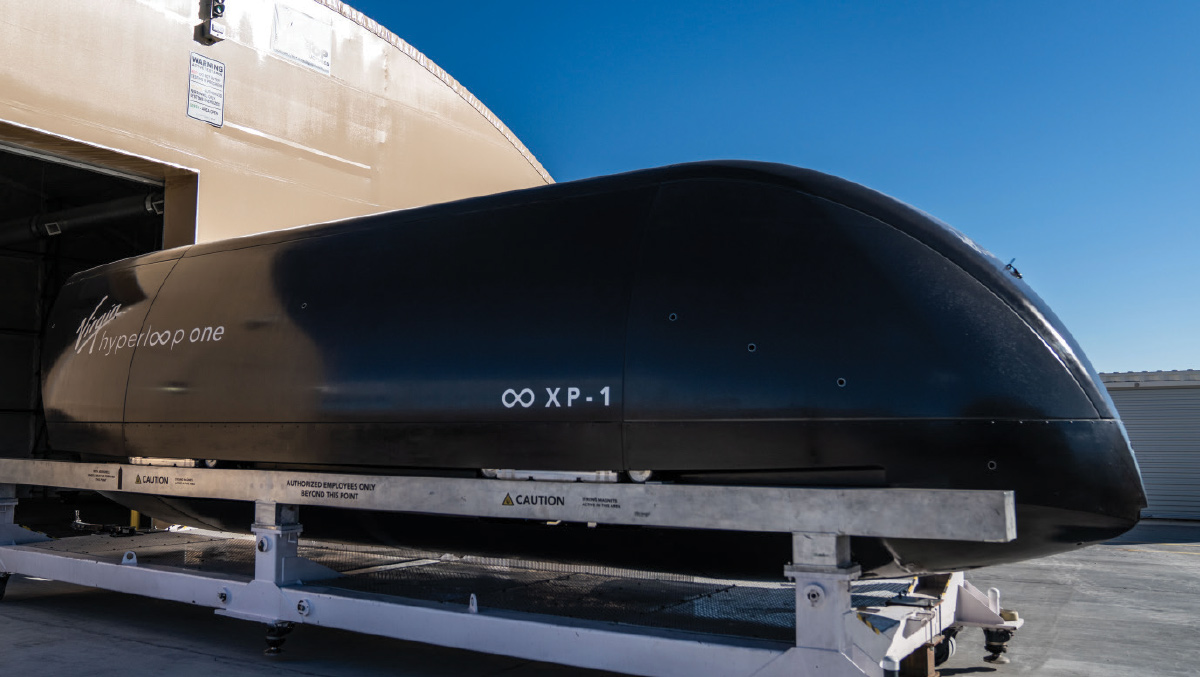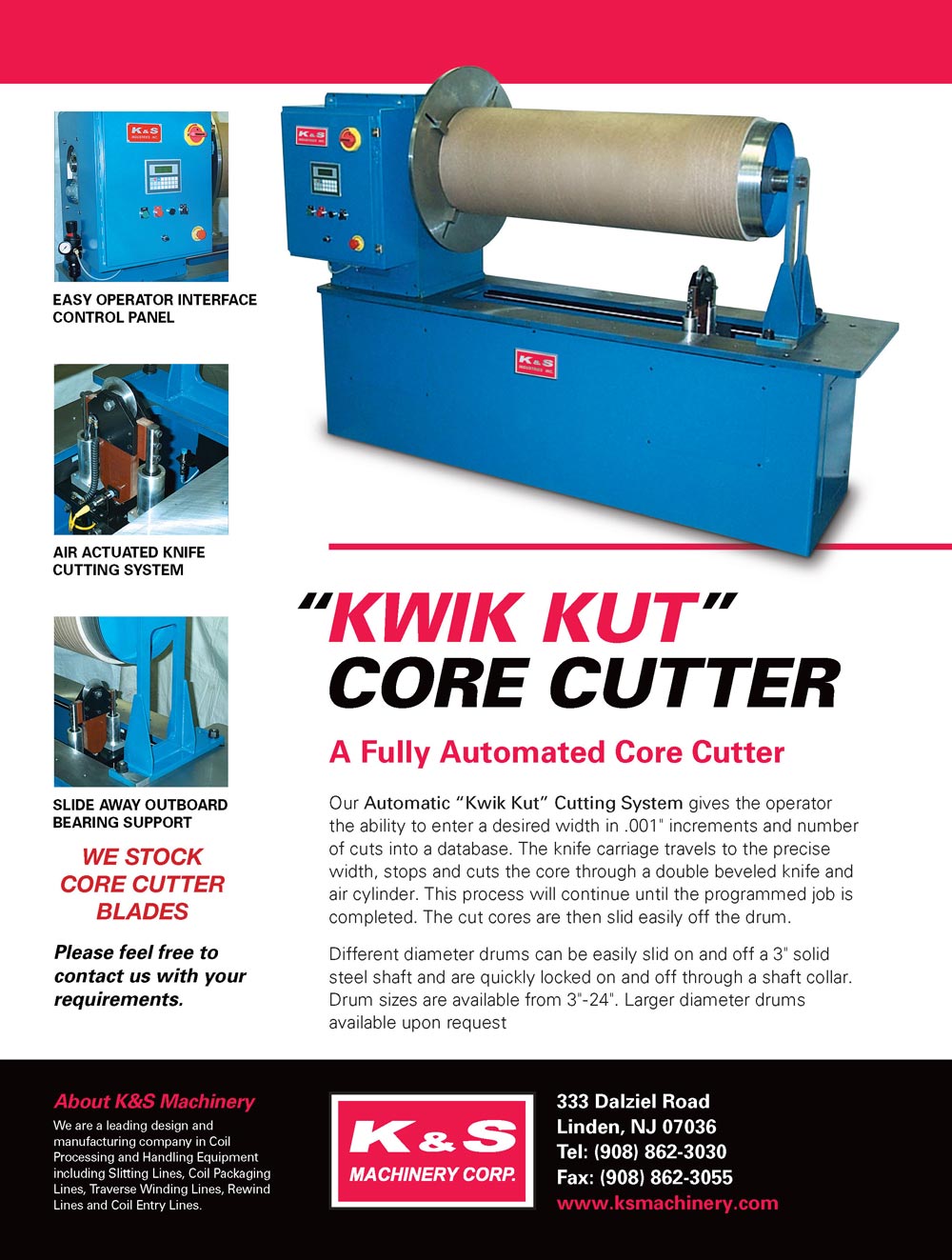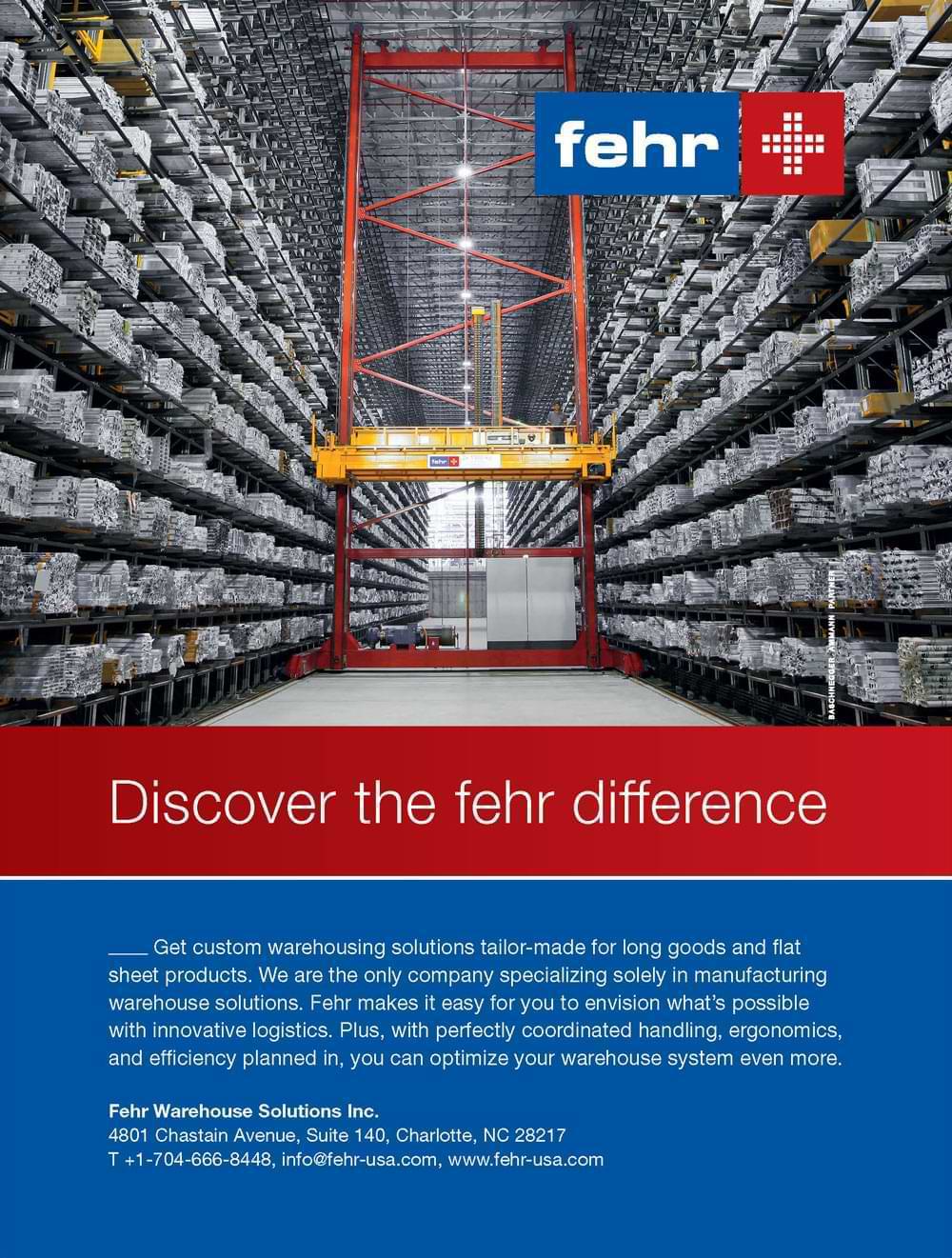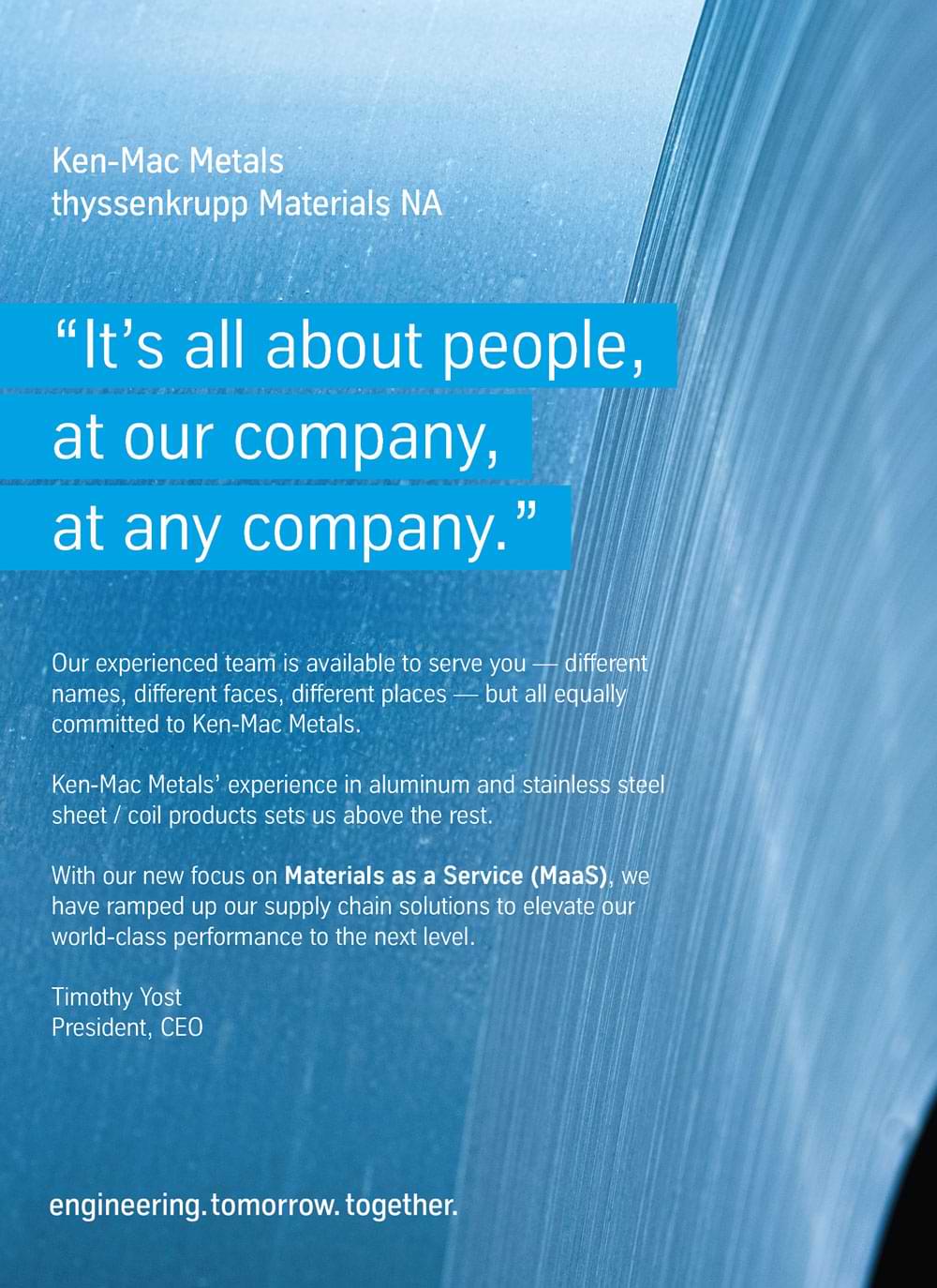yperloop is the epitome of a disruptor. It consists of a reduced-pressure tube pathway, a passive magnetic levitation system (Maglev) and a linear electric motor used to propel self-contained capsules (or pods) carrying passengers and/or cargo.
With a hyperloop system, most of the air has been removed from the tubes, dramatically reducing aerodynamic drag. The passive Maglev system levitates capsules off the guideway, reducing or eliminating friction. This low air resistance and lack of friction makes it possible for capsules to reach or surpass 700 miles per hour, exceeding those of commercial jetliners.
As a fixed guideway system, the design integrates elements from rail but shares characteristics with aviation and space systems. Depending on the regional topography and geologic features, the hyperloop route corridor and guideway alignment can have subterranean or above-ground applications.
In December 2019, the Northeast Ohio Areawide Coordinating Agency and Hyperloop Transportation Technologies, based in Los Angeles, completed a study to determine the feasibility of building a hyperloop system from Pittsburgh to Cleveland to Chicago. The participants chose this Great Lakes corridor as “an excellent place to begin developing a national hyperloop network.” HyperloopTT “found a very strong economic case” for developing the project, the study report concluded.
The average speed of hyperloop “trains” would be between 500 to 600 mph through the flatlands of the Midwest and 400 to 500 mph in the hills and mountains of Appalachia. “This gives scheduled travel times (including slack time) of 40 minutes from Cleveland to Chicago and 30 minutes from Cleveland to Pittsburgh.”
Times to intermediate locations like Toledo, Youngstown and South Bend would be equally fast with Cleveland to Toledo being 20 minutes, Cleveland to Youngstown 20 minutes, and South Bend to Chicago 20 minutes. “This will dramatically increase integration of the cities of the corridor and spur population, industrial development and economic growth,” according to the report.
Operation of the corridor could potentially reduce CO2 emissions in the region by 143 million tons, the study found.
Freight costs are projected at 10 cents per ton mile, which is highly competitive with trucking costs; that means the freight service should be able to attract substantial volumes of freight from the highways.
HyperloopTT is committed to developing a freight service that is faster than truck and cheaper than air, in which case hyperloop would likely become a dominant mode for intercity freight transport. A hyperloop service using air cargo containers, if costs are low enough, would likely attract a substantial share of palletized less-than-truckload ground freight. That’s because LTL freight must go through break bulk terminals, so using hyperloop to replace trucks for the line haul between terminals would not add significantly to the existing LTL cost structure, according to the study.
 The HyperloopTT system is inherently sustainable and operates with zero emissions.
The HyperloopTT system is inherently sustainable and operates with zero emissions. 
“The HyperloopTT system is inherently sustainable and operates with zero emissions,” says CEO Andrés De León. “We pioneered a technology that is faster, safer and far cleaner than existing modes of transportation. Because hyperloop uses less energy than alternatives, we are a smarter economic solution for many regions worldwide. With these complete commercial designs, we are ready to build today,” he adds.
The HyperloopTT’s system and mainline structures are covered with solar panels that adjust with shifting daylight to capture renewable energy, harnessing clean energy independent of fossil fuel-powered grids.
Josh Giegel, CEO and co-founder of Virgin Hyperloop (a company separate from HyperloopTT), says this inclusion “shows we’re on the precipice of a new era that will change the way we think about mobility in this country.”
Virgin Hyperloop worked closely with Congress and the Transportation Department over the past three years to advance its technology and ensure it will be able to deploy hyperloop quickly.
Earlier this year, the Non-Traditional and Emerging Transportation Technology Council, part of the U.S. Department of Transportation, reviewed European and existing U.S. standards and regulations that would apply to hyperloop systems.
The similarities between hyperloop and rail and aviation, such as track-based operation and pressurized cabins, “have the potential to enable the standards to be repurposed for the new technology,” the council said in its report. “Additional work is needed to detect gaps where appropriate standards have not been identified or developed.”
The hyperloop companies include Hardt, HyperloopTT, Nevomo, Swisspod Technologies, TransPod, Virgin Hyperloop and Zeleros.
EIM President Gorm Frimannslund says that hyperloop “can play a key role in the transition towards sustainable, safe, intermodal transportation in Europe, in line with the principles of the Green Deal and EU Recovery Fund.”
Swisspod Technologies, which is developing capsules for hyperloop systems, has partnered with TTCI, a subsidiary of the Association of American Railroads, to develop and build a hyperloop testing facility in Pueblo, Colorado. Swisspod Technologies launched its first operational test track in Europe in July.
At the Pueblo facility, Swisspod will test and validate the patents underpinning its propulsion system and build a full-scale capsule and operational infrastructure for cargo transportation in collaboration with TTCI, which will provide engineering insight, operational and test plan support.
HyperloopTT itself operates a full-scale prototype system at its research and development center in Toulouse, France.
 One kilometer of the Hyperloop transportation system requires over 5,000 metric tons of steel.
One kilometer of the Hyperloop transportation system requires over 5,000 metric tons of steel. 


In mid-October, HyperloopTT awarded Russia-based Severstal a supply contract to provide steel for the first commercial prototype of a hyperloop transport system, which uses sealed steel pipes with a pressure vacuum, enabling capsules inside the pipes to transport passengers and goods.
Hyperloop technology is the most metal-intensive method of transport, according to Severstal, and given its potential to change the global transport system, this market could significantly impact metals demand.
“One kilometer of the Hyperloop transportation system requires over 5,000 metric tons of steel, with the total volume of steel consumption for construction projects in the 2030s estimated to amount to 20 million metric tons a year,” the steelmaker estimates.
Severstal is the primary supplier of steel for the first 5 kilometers of the commercial transportation system prototype, which will enable HyperloopTT to earn its safety certification. The launch of the prototype has yet to be scheduled.
The full-scale valve, shipped to the test track in France for integration and certification, is built for commercial operations. It weighs 77,000 pounds and can withstand 288,000 pounds of force. The valve can fully open or close within 30 seconds.
“Working with HyperloopTT has allowed us to showcase our abilities with vacuum parts and technology,” says GNB KL Group President Ken Harrison. “We build specialty valves and chambers for fusion reactors, government science labs and more, so HyperloopTT’s groundbreaking transportation system is a perfect project for us.”



